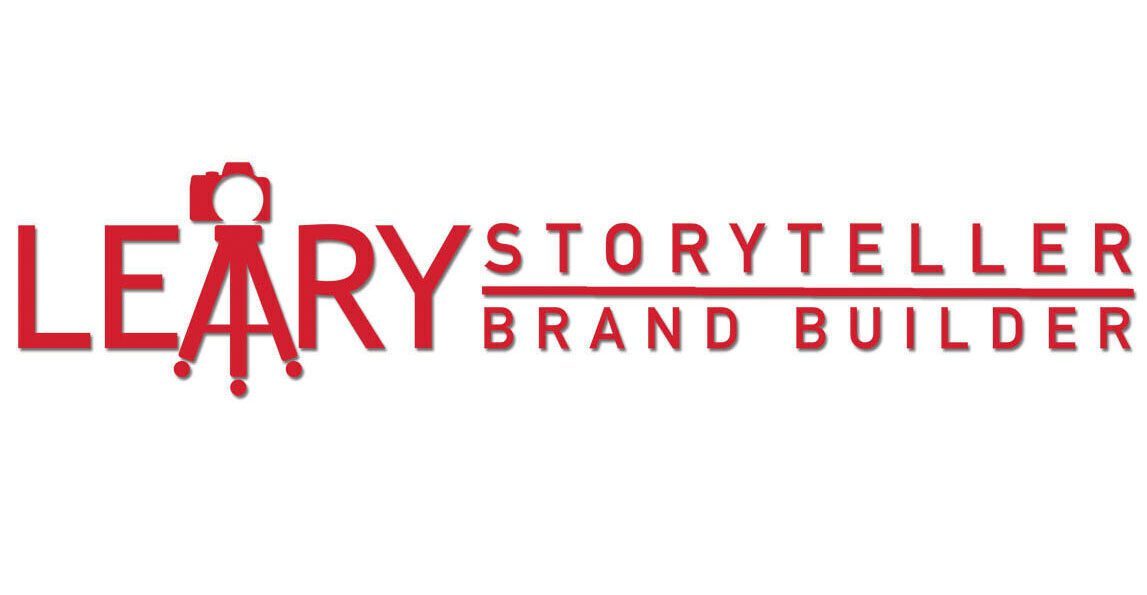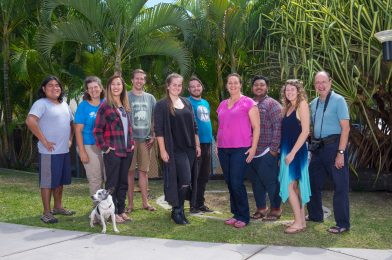At the Panaewa Stampede Rodeo, a cowboy’s rope lands true around the steer’s neck—capturing the split-second precision and intensity of this high-stakes moment in Hawai‘i’s rodeo tradition.
We’ve all heard the phrase “seeing is believing.” That idea goes all the way back to the Apostle Thomas, who famously wouldn’t believe Jesus was resurrected until he could see and touch Him for himself.
That moment captures something deeply human. We trust what we see. When it comes to communication—whether in business, education, or ministry—visuals aren’t just decoration. They’re the bridge between information and understanding.
In fact:
- Around 65% of people are visual learners.
- We retain up to 80% of what we see (compared to 10–20% of what we hear or read).
- Our brains are wired to process stories and visuals simultaneously.
So if we know that visual storytelling is one of the most powerful ways to communicate—especially the Why behind what we do—why are so few small businesses and organizations using it?
What Most People Do Instead (And Why It Doesn’t Work)
Instead of storytelling, most people default to facts, features, and benefits. They create:
- A list of services
- A bullet-point résumé of achievements
- A “we’re passionate about excellence” paragraph with no real-life example to back it up
The problem is: facts don’t move people. Stories do.
A list of what you do might check a few boxes, but it won’t build trust, spark a connection, or set you apart. Your potential clients or supporters aren’t just asking, “What do you do?” They’re asking:
“Can I see myself in your story?”
Why Some Storytelling Still Doesn’t Work
Now here’s the part most people miss—and it’s why even those who try storytelling often give up too quickly:
They weren’t strategic about it.
They post a few testimonials or a random behind-the-scenes video. They tell a personal story that matters to them, but doesn’t clarify the value they bring to others. Or they focus on storytelling as a tactic—instead of starting with a strategy.
Effective storytelling requires focus.
You need to know:
- Who is this story for?
- What action do I want the listener/viewer to take?
- How does this story reveal our mission, not just our personality?
When businesses skip strategy, they end up with stories that don’t land—and they wrongly assume storytelling just doesn’t work.
This Is Where I Come In
If you’re leading a business, ministry, or creative project and you’re struggling to clearly communicate what makes you different and valuable—I’d love to help.
I’ve spent years not only creating visual stories, but teaching others how to uncover the right stories for the right moment. I don’t just shoot a video or write a caption—I help you think strategically before we create tactically.
There’s a reason your story matters. You just might need help telling it the way people can see it.
📩 Reach out to me if you’re ready to turn your story into something that works—not just something that sounds good.



